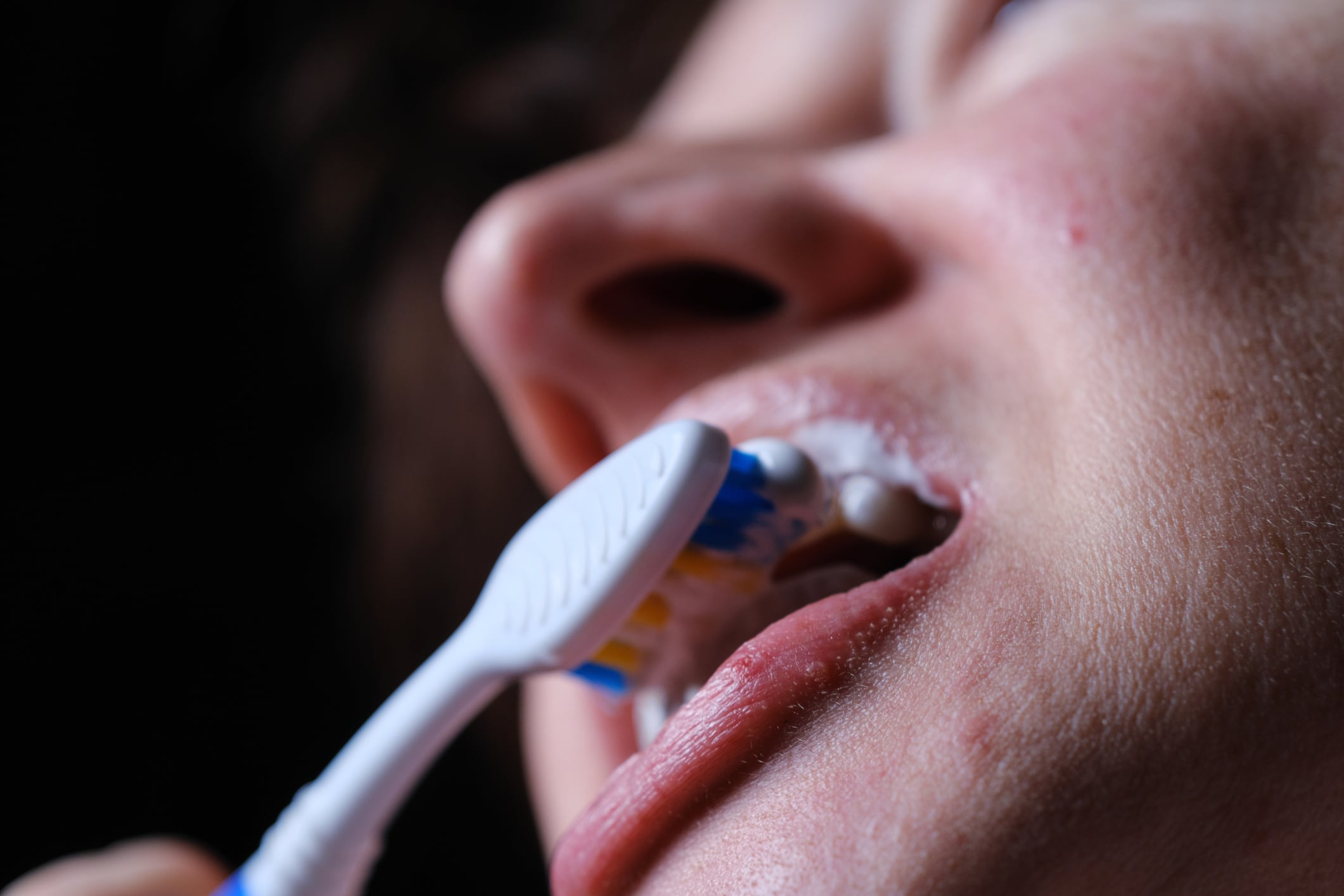Key Takeaways for Oral-Care Marketers
- Tailor your claims to the support -- substantiate all product performance claims with finished product studies and make sure ingredient claims are properly supported.
- Qualify “better” or guarantee-style statements with supporting evidence.
- Teeth whitening and stain-removal claims require robust scientific evidence.
- Expert opinions are not a substitute for product testing.
- Microbiome/probiotic benefits must be demonstrated in the finished product.
- Influencers must adhere to the same substantiation and disclosure standards as traditional advertising.
- Track trends: ingredient innovation, hybrid narratives, sustainability, and personalization.
In 2025, the National Advertising Division (NAD) reviewed multiple oral care cases addressing claims like enamel protection, microbiome support, whitening, and other beauty-adjacent benefits.
Teeth whitening, enamel brightening, and microbiome-focused mouthwashes are increasingly positioned like premium beauty treatments, with consumers expecting visible results, scientifically backed benefits, and products that complement overall wellness routines.
Phyllis Marcus, VP, BBB National Programs’ National Advertising Division (NAD), spoke with CosmeticsDesign about the NAD’s top oral-care case decisions of 2025 and what they reveal for marketers navigating this competitive and highly regulated space.
CDU: What stood out in NAD’s oral-care case decisions this year?
Phyllis Marcus: In 2025, NAD reviewed a range of oral care claims that were ambitious in nature. In the Boka toothpaste and mouthwash case examined claims that the products could strengthen enamel, support the oral microbiome, and whiten teeth.
NAD determined that while ingredient studies may provide valuable information about the performance of an ingredient in a laboratory setting, they may not be a reliable indication of how the ingredient would perform under real-world conditions. The Boka case highlights the importance of conducting product-specific studies rather than relying solely on ingredient-level data.
For marketers, the key lesson is simple: the claims dictate the support, so have reliable, product-specific evidence before making bold product performance claims. Consumers expect results, and scrutiny is high when products cross from beauty into hygiene or wellness.
Takeaway: Substantiate performance claims with rigorous studies tailored to your finished product.
CDU: How does NAD view statements like “better” or guarantee-style messaging?
Phyllis Marcus: Words like “better” or “guaranteed” can convey a powerful message to consumers, but they carry responsibility. In the TheraBreath case, the brand’s founder claimed “It’s a better mouthwash. I guarantee it.”
While NAD found that the term “better” was not connected to any measurable product attribute and therefore was not an objective claim requiring substantiation, NAD found that the founder’s status and relationship to the brand could have been more clearly disclosed, which would have helped consumers understand his “It’s a better mouthwash” claim to be a self-laudatory statement of opinion.
The lesson for marketers is that relationships matter and that the support should match the claims to avoid overstating product performance.
Takeaway: While objective guarantee and better claims when connected to a particular product attribute must be supported, context matters.
CDU: Are whitening and stain-removal claims still high-risk?
Phyllis Marcus: Whitening claims are inherently beauty-adjacent, and consumers expect visible results. In the recent Crest 3D Whitestrips case, NAD reviewed claims that the whitening strips could remove years of stains on teeth.
Digging deeply into the science, NAD found the claims to be supported and also found that when the mechanism of action is well understood and the variable operates predictably, not every permutation of a product, such as a white strip, must be tested.
The lesson is that while generally testing each specific product may often be required, doing so is not a hard and fast requirement when substantiating performance claims for a brand’s entire line of products.
Takeaway: Results of robust studies can be applied to different variations of products where the mechanism of action is well understood and variables are predictable and accounted for.
CDU: How are ingredient-focused claims treated?
Phyllis Marcus: The GuruNanda Whitening Strips case focused on an “enamel safe” claim. The advertiser relied on scientific research on hydrogen peroxide safety, expert reports concerning the safety of its products specifically, and an in vitro study of its whitening strip.
NAD has treated “enamel safe” claims as health and safety claims that must be supported by competent and reliable scientific evidence. While articles and expert analysis are informative, it is well settled that health and safety claims must be supported by actual testing on the product.
NAD determined that the evidence in the record did not support a reasonable basis for the advertiser’s enamel-safe claim and recommended that GuruNanda discontinue the claim.
Takeaway: Expert opinions are not a substitute for competent and reliable scientific evidence on the product as it is intended to be used.
CDU: What about microbiome or probiotic oral-care products?
Phyllis Marcus: The Boka prebiotic mouthwash case examined claims that the product could support oral microbiome health while also whitening teeth. NAD looked at the clinical studies submitted, the specific formulation used in the product, and the way claims were presented in the advertiser’s marketing materials.
NAD concluded that evidence from ingredient-level studies was insufficient to substantiate the claimed benefits for the finished product.
The takeaway for marketers: innovations like probiotics are exciting, but they must be supported by studies showing a consumer-relevant benefit.
Takeaway: Microbiome or probiotic claims could be considered health claims that require a higher level of substantiation.
CDU: Are influencer or creator-led campaigns under scrutiny?
Phyllis Marcus: Yes. In 2025, NAD saw influencer marketing being deployed in almost all product categories. It is a well-settled principle of advertising law that endorsers cannot make claims through social media posts that the brand itself cannot support.
If, in a hypothetical post, an influencer claims “This pulling oil gave me whiter teeth in two weeks,” the brand will be responsible for substantiating that product performance statement. NAD expects influencer campaigns to follow the same rules as traditional marketing.
Advertisers should monitor influencer posts for compliance to ensure that they do not make unsupported claims and that they clearly and conspicuously disclose their material connections.
Takeaway: Campaigns using influencers must adhere to the same substantiation and disclosure standards as traditional advertising.
Q8: What broader trends should marketers watch in 2026?
Phyllis Marcus:
Looking ahead, four trends appear to be on the horizon:
- Social media advertising including influences and reviews will continue to develop
- Claims about AI-enhanced products and services will be scrutinized.
- Health claims continue to be important to consumers.
- Value and price claims are having a resurgence.
Takeaway: Innovate boldly, but market responsibly. Tailor your claims to your evidence.
All BBB National Programs case decision summaries can be found in the case decision library. For the full text of NAD, NARB, and CARU decisions, subscribe to the online archive.





